Who Controls the User Experience? AMD’s Carrizo Thoroughly Tested
by Ian Cutress on February 4, 2016 8:00 AM EST#4 The HP Pavilion 17z-g100 (Carrizo, A10-8700P)
Of the group, the HP Pavilion sits as the larger screen, medium range hardware component with a similar sort of finesse to the Elitebook, albeit at a much lower price point. This 17-inch model was certainly heavy, suggesting that it is more aimed at that desktop replacement or mobile office group of users who want a large screen, although this one was also a 1366x768 TN panel, which pushes down the sticker price.
| HP Pavilion 17z-g100 (Carrizo) Specifications | |
| Size and Resolution | 17-inch, 1366x768 TN with Touch |
| Processor | AMD A10-8700P Dual module, 4 threads 1.8 GHz Base Frequency 3.2 GHz Turbo Frequency |
| Graphics | Integrated R6 384 Shader Cores 800 MHz maximum frequency GCN 1.2 |
| TDP | 15W |
| Memory | 8 GB in Single Channel Operation 1 x 8GB at DDR3L-1600 C11 Dual Channel Capable |
| Storage | 1TB HGST HDD |
| Battery Size | 41.113 Wh 4 cell Li-Ion design |
| WiFi | Realtek RTL8723BE 802.11n 1x1 |
| Optical Drive | Yes |
| Dimensions | 16.49 x 11.29 x 1.12-inch |
| Weight | From 6.84 lbs |
| Webcam | 1280x720 |
| Ports | Memory Card Reader HDMI 2 x USB 3.0 + 1 x USB 2.0 10/100 Ethernet |
| Operating System | Windows 10 Home |
This unit was purchased especially for our testing (it turns out there’s a Best Buy around the corner from AMD HQ), and comes in low on the hardware all around. Aside from the screen, the A10-8700P processor comes mid-stack of the Carrizo parts, with a 1.8 GHz base and 3.2 GHz turbo frequency for the dual module/quad thread design. The integrated graphics rings in at 384 streaming processors, or 6 compute units, running at 720 MHz.
Memory and storage are at the base level, going for a single module of 8GB (meaning single-channel memory operation) and a 1TB HGST mechanical hard-drive. The Pavilion is dual channel capable though, which would be my first port of call for an upgrade. The Wi-Fi is also bargain basement, being a single stream 802.11n solution in the Realtek RTL8723BE.
There has to be some upsides to this, right? Assuming low power everything, low resolution display, large heavy design with a big battery? Our light battery life test clocked in at 5.43 hours, or 326 minutes, meaning that some of the hardware here is only here because it needs to hit a price point.
The Design
Aside from the specifications, the Pavilion has a good look to it.
Aside from the outside of the chassis at the top of the page, the insides give a near-complete keyboard with a number pad and a curved fold-in display latch that feels aesthetically pleasing to me. The keyboard has some quirks, namely the arrow keys are of different sizes and the lack of a quick access mute/airplane mode button. The trackpad is slightly offset to the left, and I didn’t actually hate the movement on this one. The wrist rest is smooth but plastic, the sort that leaves oils and grease from hands touching it.
The audio strip is a Bang & Olufsen design, with a power button on the left.
On the sides we get two USB 3.0 ports, a single USB 2.0 port, HDMI output, power/drive lights, a 3.5 mm headset jack, the exhaust vents, a full sized Ethernet port, a card reader, and the first laptop in this test with a DVD drive.
The vent on the side is the exhaust, and the intakes for the Pavilion are on the bottom, as shown above. As you might expect, there are a number of rubber feet on the bottom, including a single strip closed to the user, to help with stability, balance and grip.
Pavilion Specific Testing
On the display, the minute someone announces 13x7 TN it should fill most enthusiasts with dread. The lack of viewing angles was fairly obvious, but it wasn’t the worst display we tested from the set. Low brightness was at 0.624 nits while peak brightness was at 203 nits, giving a respectable 325 contrast ratio. The peak brightness is somewhat low, but that low peak brightness fits between the two Elitebooks.
For color reproducibility, both green and red have a good crack at it, with green doing better under 50% and red doing better over 50%. Blue undershot the whole range pretty much, as we saw on the other HP notebooks.
The processor page looks much like the others, with four processing threads and six graphics compute units.
On the integrated R6 graphics, this confirms the 384 streaming processors running at 720 MHz. An interesting element here is the memory bandwidth, showing 19.2 GB/s which is half-way between single channel and dual channel, which means the memory might speed up under load, or we have a wrong reading. Not sure on that one.
On the battery charge, the 41.1 Wh battery gave a 50% charge in 41 minutes, before hitting 98% charge in 96.


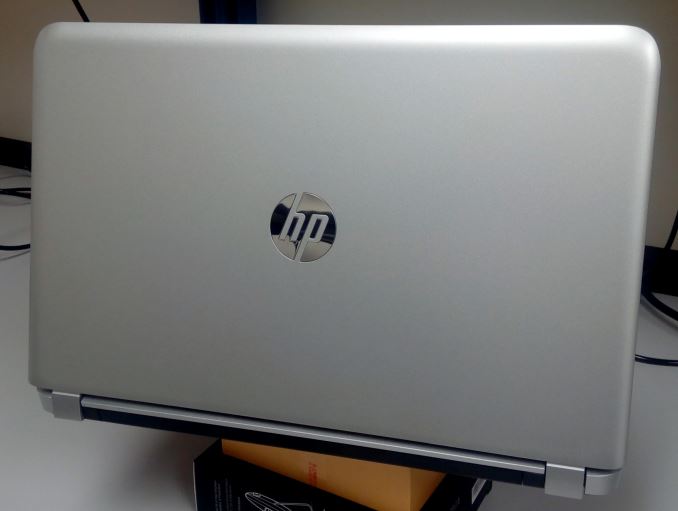






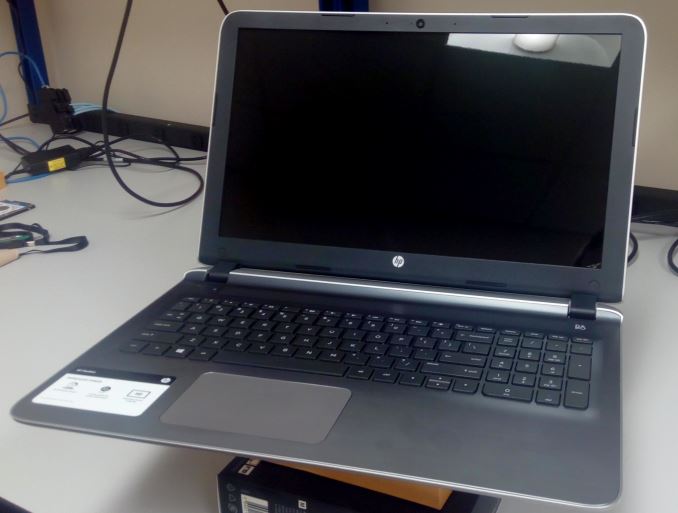
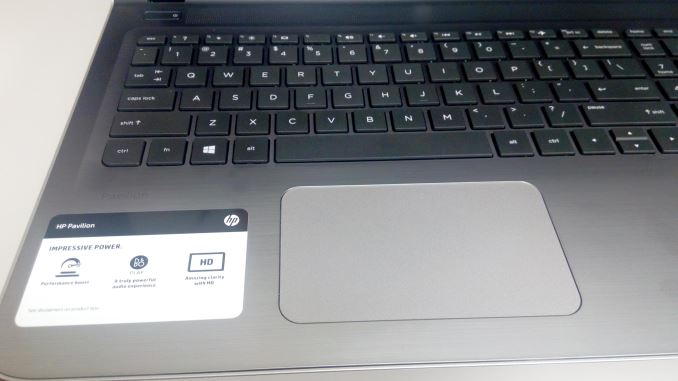
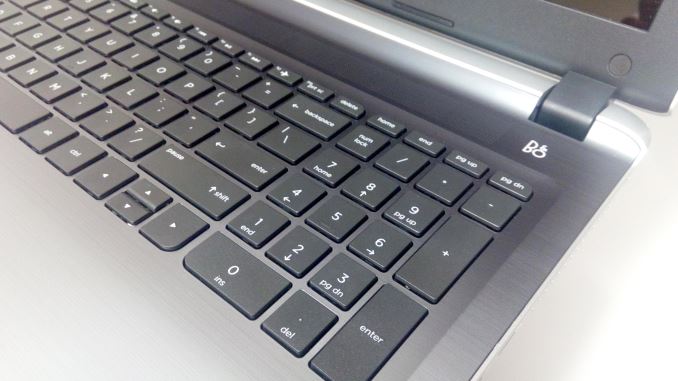


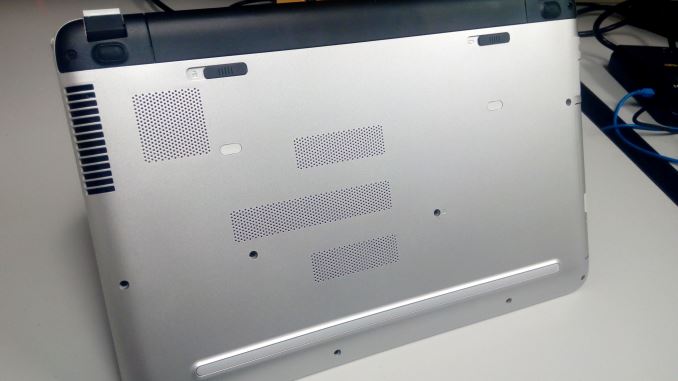
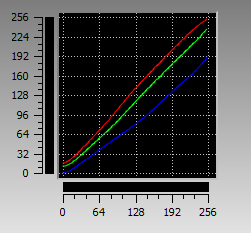

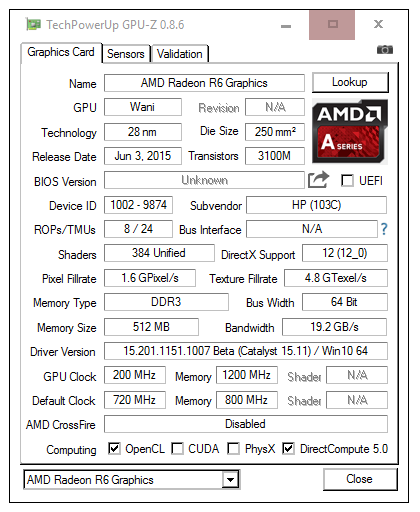
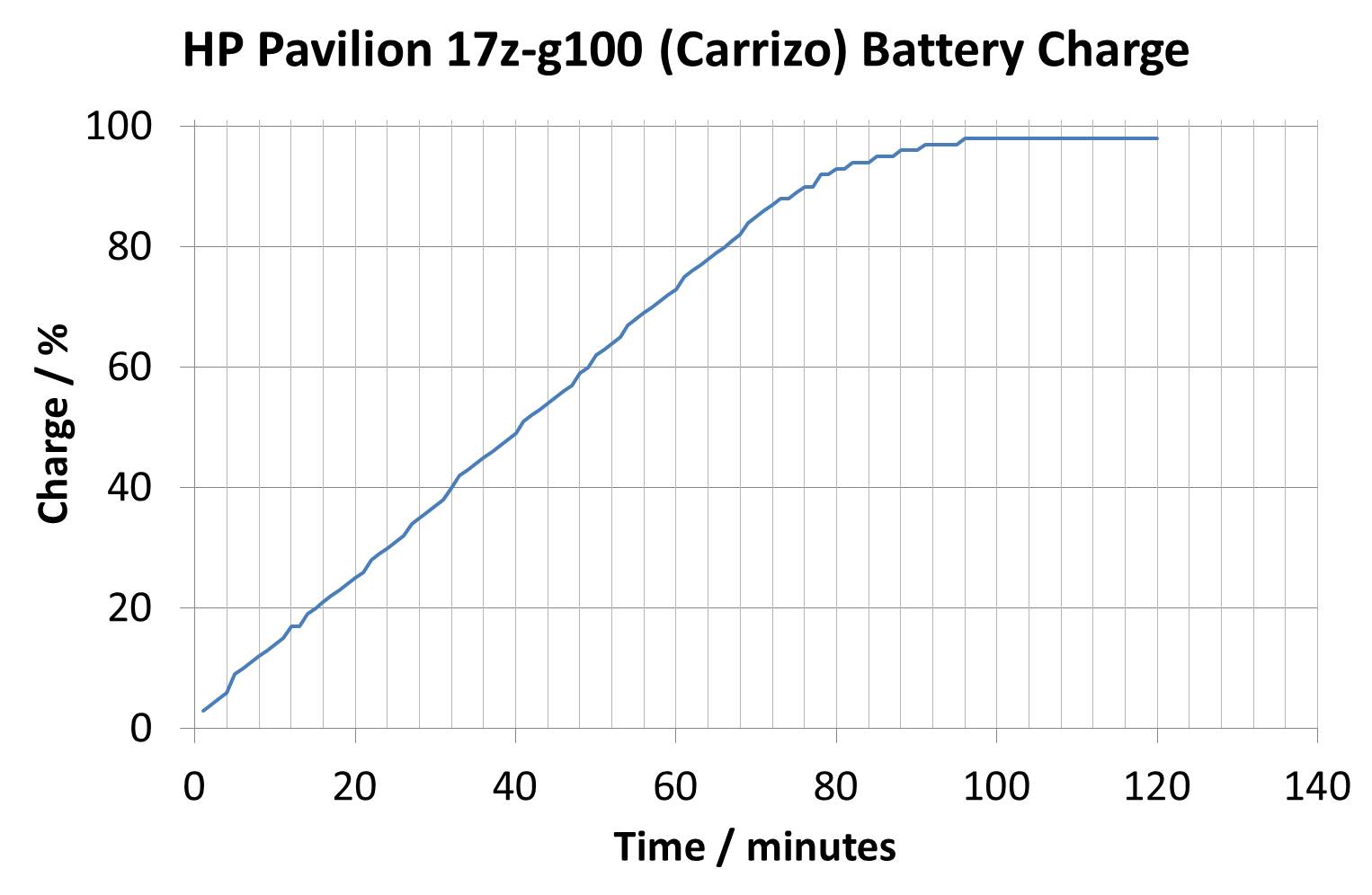








175 Comments
View All Comments
basicmath - Saturday, February 6, 2016 - link
can you post a link to those dual channel benchies please :)basicmath - Saturday, February 6, 2016 - link
actually just saw the notebook check graph, that is a considerable increase in performance!zodiacfml - Sunday, February 7, 2016 - link
Right! The review should have included dual channel performance. Going through the review, I thought Intel finally came close with AMD in graphics performance. With dual channel, Carrizo is well ahead in gaming benchmarks at nearly half the price.extide - Thursday, March 24, 2016 - link
AMD does not have a partnership with Samsung. GF does, but GF is, now, a separate company.Gc - Saturday, February 6, 2016 - link
Anandtech: how did you determine that the Y700 pre-production unit that you tested was accessing its two memory cards through a single channel only? Are you simply reporting what AMD told you, or is there a test that readers can use to check production laptops, and other machines? (Might the two memory cards be mismatched in some way, so the processor backed off to single channel mode?)typo:
s/ R9 385MX / R9 M385X /
Ian Cutress - Saturday, February 6, 2016 - link
Aside from being told directly, I did memory bandwidth testing and other software indicators (CPU-Z, AIDA, etc). Both modules were matched, I took them out and had a look.basicmath - Saturday, February 6, 2016 - link
@Ian Cutress, any reason you didn't put an extra 4GB stick in the G3 745? Seems like a really simple thing to do and would have given a really useful graphical comparison. I guess you guys are too poor to have a stick floating around!Ian Cutress - Saturday, February 6, 2016 - link
Aside from your snarky comment, your answers are explained in the review.The laptops were tested as sold. This is a review on the user experience of these devices. As shown on the Carrizo vs Core page, device after device from Carrizo comes by default with a single stick of memory. Most users who pick a device and go don't want to understand why their UX is the way it is, it just needs to work when they buy it.
I'd also like to mention that testing five laptops with a our suite of tests plus power testing and thermal testing in a single week without an opportunity to revisit is mightily tough for one person who doesn't have access to all their normal gear (testing was done on location, as mentioned), and adding in more variables extrapolates testing time which I didn't have.
We'll be doing further testing for Carrizo, specifically on generational updates, when the Athlon X4 845 comes out. I'm hoping to rope in an R-Series Carrizo platform as well (with IGP) to test DDR3/DDR4 comparison points.
basicmath - Saturday, February 6, 2016 - link
Dude, you highlighted the fact that the 512 core Carrizo chip was running on a single channel, weren't you even slightly curious to find out how it performed on dual channel? It's like reviewing a water proof phone and not trying to drown it!erple2 - Sunday, February 7, 2016 - link
No, its like testing a phone as it came from the factory, then not paying for some third party "waterproofing" company to waterproof the phone and testing it underwater.